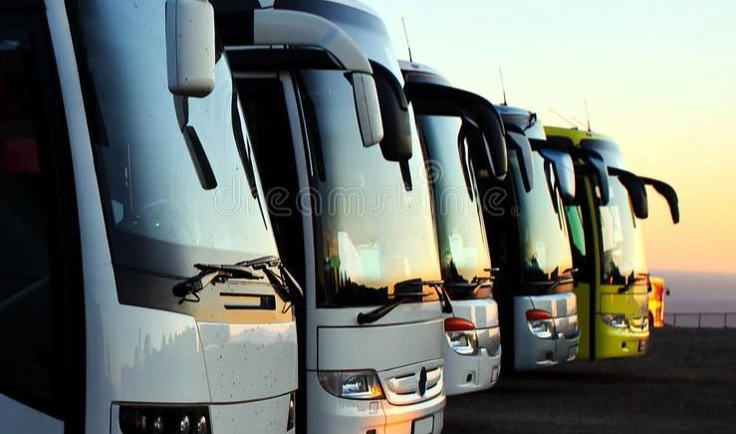How to Travel Around Europe: A Guide to All Modes of Transport
Traveling across Europe has long been accessible and varied in format. Thanks to its well-developed transportation infrastructure, travelers can choose from numerous modes of transport — from high-speed trains to budget buses, from low-cost flights to carpooling and cycling routes. Each type of transport has its own features, advantages, and limitations, and the best choice depends on your route, goals, and budget.
One of the most convenient and comfortable ways to travel around Europe is by train. High-speed rail lines connect major cities in countries like Germany, France, Spain, and Italy. Systems such as Eurostar, Thalys, TGV, Deutsche Bahn, and Trenitalia allow travelers to move between countries in just a few hours — often faster than by air, considering airport check-ins and transfers. Trains depart from city centers, follow reliable schedules, and provide a high level of comfort. Those planning multiple trips can benefit from rail passes like Interrail or Eurail, which offer flexible travel across many countries.
For longer distances — for example, from London to Athens or Paris to Budapest — flights can be a more practical solution. Europe is home to a highly competitive low-cost airline market, including carriers like Ryanair, Wizz Air, easyJet, and Vueling. Booking in advance can yield tickets for as little as 10–20 euros. However, budget airlines often operate from remote airports and apply strict baggage rules with additional fees for seat selection and extras.

For those exploring rural areas, national parks, or mountainous regions, car rental is often the best option. Europe has a large number of rental services such as Rentalcars and DiscoverCars. A road trip offers maximum freedom, allowing spontaneous stops and access to places not served by public transportation. That said, travelers should consider fuel costs, toll roads, parking availability, and local low-emission zones.
Long-distance buses remain a reliable and affordable form of transportation. Companies like FlixBus and BlaBlaBus offer extensive route networks throughout Europe, including smaller towns. While travel time is longer compared to trains or flights, buses are ideal for budget-conscious travelers, backpackers, and students.
Carpooling — shared rides with local drivers, often arranged via platforms like BlaBlaCar — offers a mix of affordability, human connection, and flexibility. These rides are especially common within countries or between nearby cities. However, unlike scheduled services, availability may vary, especially on less popular routes or off-peak dates.
Cycling is gaining popularity as a form of travel, especially in countries like the Netherlands, Denmark, Germany, and Austria. Europe has developed an impressive network of long-distance bike routes, including the EuroVelo trails that span multiple countries. It’s an eco-friendly and immersive way to explore a region, particularly suitable for the warmer months and travelers in good physical condition.
Water transport also plays an important role in European travel. Ferries are widely used in Greece, Italy, and Croatia to connect islands and coastal towns. River cruises are popular in countries like Austria, Germany, and France, offering scenic routes along the Danube, Rhine, Seine, and more. These journeys provide not only transportation but also cultural and leisure experiences.

In conclusion, Europe offers a rich selection of transportation options for every travel style — whether you're seeking flexibility, speed, budget savings, or comfort. Combining different modes of travel can make your trip more dynamic, efficient, and memorable.
Спросить ChatGPT
Close